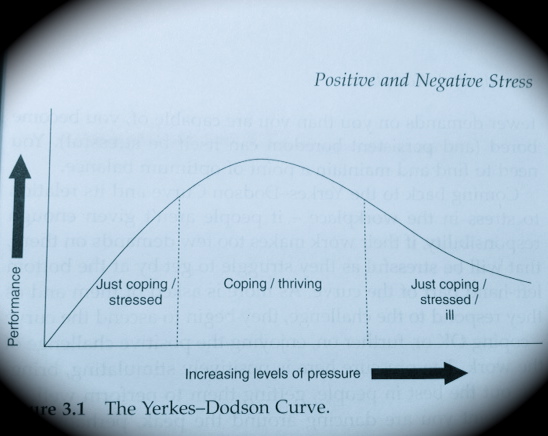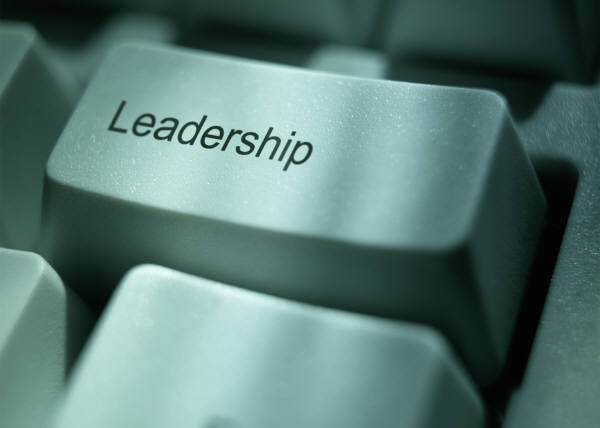As we are now approaching the holiday season and many of you are already or will soon be away, please remember the following when traveling to foreign countries and meeting people from foreign cultures:
- Even if locals speak the same language as you do, chances are high that they have a completely different worldview from yours, i.e. react and behave in a way that is unknown to you.
- Try to stay away from stereotypes you might have read or heard about. Preparing for a trip by reading books etc. in advance is certainly good but cannot give you the ‘right way to be’ when you are away.
- Be as open as you can, non-judging and observing. The more you try to put yourself into other people’s ‘shoes’, seeing what they see with their eyes, the more you will understand about how they ‘function’. A short trip will never be able to give you full insights though, but at least you will be able to grasp some of the differences surrounding you.
- If you encounter problems and difficulties, stay calm and always treat your counter part(s) with respect, whatever happens. Engaging in angry discussions will only put more fuel to the fire. You are certainly not the only one traveling during this time of the year, hence having a little bit more patience than usual will definitely help you on the way.
- And, of course: enjoy your time off, energize yourself and stay away from your mobile devices if you can. Give your brain and your whole body the time to rest and to be at ease. Just be, with no need to achieve anything… the more you are able to disconnect, the more your body and mind will rest! Enjoy your time off!
Jenny





